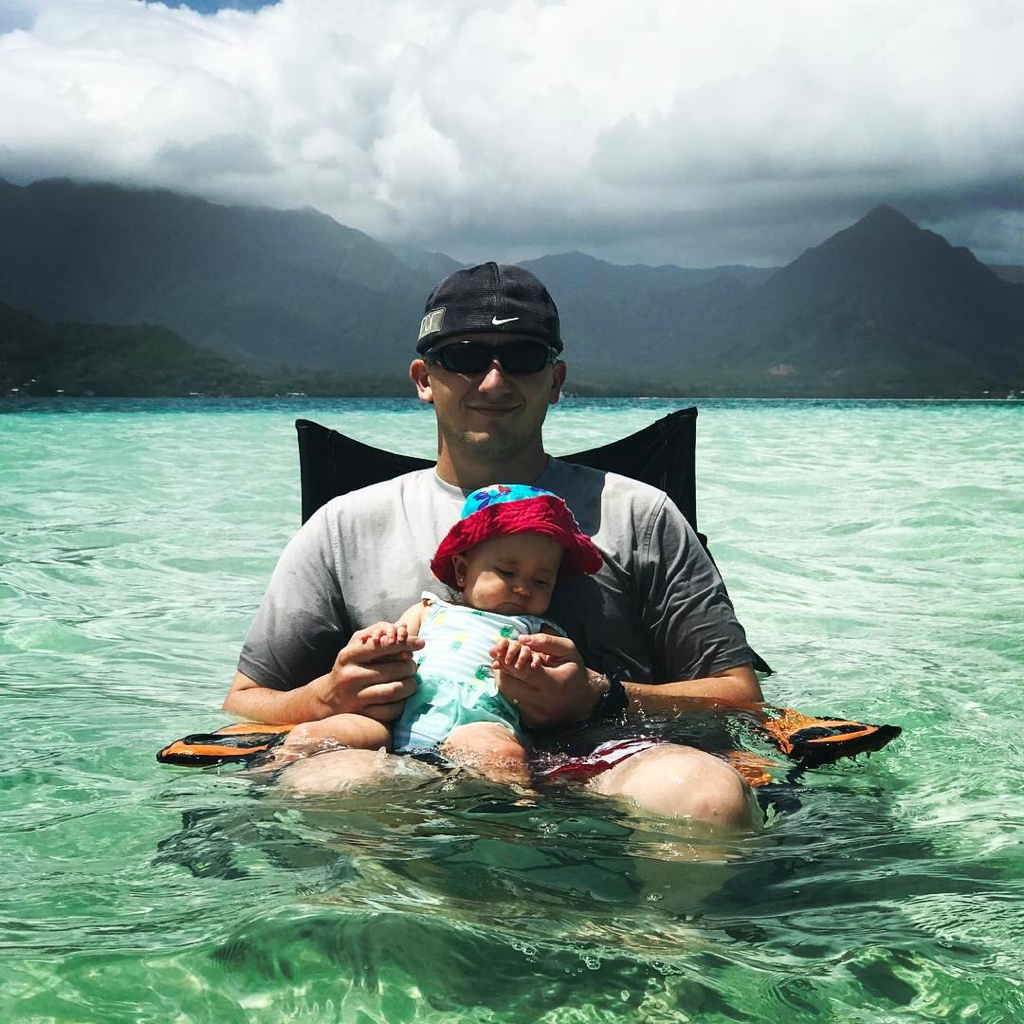Notecard Confessions Project
Making a Notecard Confessions Video
This type of video can be creative and impactful. The focus on the words, without a voice or action to influence the audience, focuses the audience on the importance of the story itself. This can be an easier way to tell a story that is emotoinally complex or challenging, so the storyteller doesn't have to look into the camera but can use the medium of the notecard instead.
Making this video was interesting because I felt like I didn't personally have anything meaningful or emotoinal events to tell about, so I decided to tell my brother's story. He is in the military and he and his wife had trouble having children. When they did finally have Mia, they found out that she had a brain disorder. He maintains that she has improved his life so much and he loves her just how she is.
As hard as telling ones own story would definitely be, especially if it were a traumatic incident, telling someone else's story was difficult in that it required more research, refining what details were important, and effort to tell it from a first person point of view. As far as the actual process of making the video, I interviewed my brother electronically and asked him to tell me about the experience. After hearing it from his point of view, I took his story and transcribed it into a more direct, detailed confession story. I used cheap notecards and a marker to make the cards and my iPad to record. After recording I edited the clip in iMovie and added sound and effects, then uploaded it to YouTube.
This project was fairly straightforward and simple while still being quite a powerful project, involving research and creativity to put yourself in someone else's shoes and try to accurately tell their story. Using this in the classroom, as a future teacher, is something that I could see myself doing. This type of video would work well for researching important literary figures and telling their biographies or something important that happened to them, to help students understand what motivated their writing. Students could also use this to tell a character's story, telling about a main event in their book or poem, or making an alternate ending for a book.
This type of video can be creative and impactful. The focus on the words, without a voice or action to influence the audience, focuses the audience on the importance of the story itself. This can be an easier way to tell a story that is emotoinally complex or challenging, so the storyteller doesn't have to look into the camera but can use the medium of the notecard instead.
Making this video was interesting because I felt like I didn't personally have anything meaningful or emotoinal events to tell about, so I decided to tell my brother's story. He is in the military and he and his wife had trouble having children. When they did finally have Mia, they found out that she had a brain disorder. He maintains that she has improved his life so much and he loves her just how she is.
As hard as telling ones own story would definitely be, especially if it were a traumatic incident, telling someone else's story was difficult in that it required more research, refining what details were important, and effort to tell it from a first person point of view. As far as the actual process of making the video, I interviewed my brother electronically and asked him to tell me about the experience. After hearing it from his point of view, I took his story and transcribed it into a more direct, detailed confession story. I used cheap notecards and a marker to make the cards and my iPad to record. After recording I edited the clip in iMovie and added sound and effects, then uploaded it to YouTube.
This project was fairly straightforward and simple while still being quite a powerful project, involving research and creativity to put yourself in someone else's shoes and try to accurately tell their story. Using this in the classroom, as a future teacher, is something that I could see myself doing. This type of video would work well for researching important literary figures and telling their biographies or something important that happened to them, to help students understand what motivated their writing. Students could also use this to tell a character's story, telling about a main event in their book or poem, or making an alternate ending for a book.

